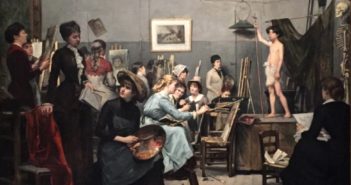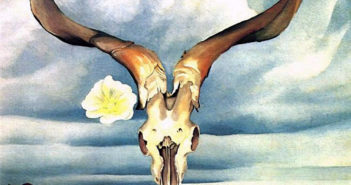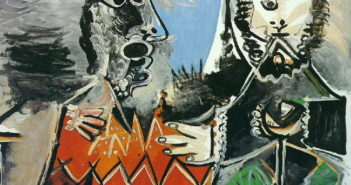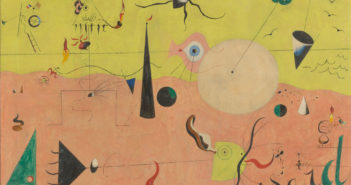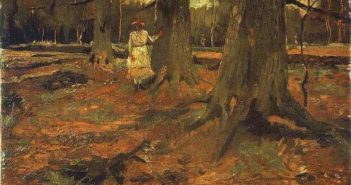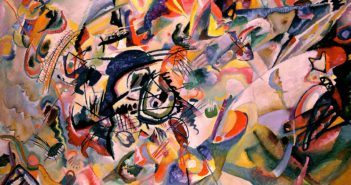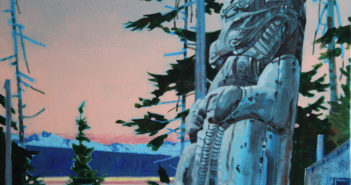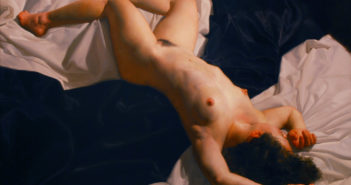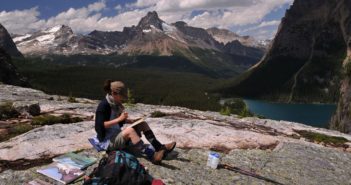
Strong and wrong
My daughter, Sara, and I are again up to Lake O’Hara and Yoho National Park in British Columbia. Today, in the champagne air of a place known as “The Hanging Gardens of Babylon,” both of us are struggling with extra-large canvases. We’ve come this high with a little help from our friends, and we’re talking about “strong and wrong.” It’s a term currently used by some of Sara’s New York musician friends. Apparently it’s better to blow a strong note off key than to produce a wimpy one that doesn’t get noticed.

